Honda Scales Back USD Investment in EVs, Bets on Hybrid Growth Amid Market Slowdown
Honda Motor Co. Ltd. $7267.T, one of Japan’s largest automotive manufacturers, announced a significant strategic pivot on Tuesday. Citing slower-than-expected global demand for electric vehicles (EVs), the company revealed it will reduce its long-term capital allocation toward full electrification in favor of accelerating hybrid vehicle development. The move reflects broader industry sentiment that the EV boom may be entering a period of recalibration.
Honda Adjusts Electrification Strategy Through 2030
At a press conference, CEO Toshihiro Mibe disclosed that Honda has revised its investment plan for electrification and software development through the 2030 fiscal year. The previously projected ¥10 trillion (~USD 69 billion) commitment has been cut to ¥7 trillion (~USD 48.4 billion), reflecting a 30% reduction in electrification spending.
Mibe acknowledged that based on current EV market dynamics, Honda now anticipates battery-electric vehicles will represent less than 30% of its global sales by 2030—well below the original target. In a more conservative scenario, EVs may account for just 20% of the company’s vehicle sales.
In contrast, Honda projects that hybrid vehicles will become a central growth driver, with estimated sales of 2.2 to 2.3 million units by 2030. While the company withheld its overall vehicle sales forecast for the decade, the shift underscores a broader bet on consumer preference for hybrid drivetrains during a transitional energy phase.
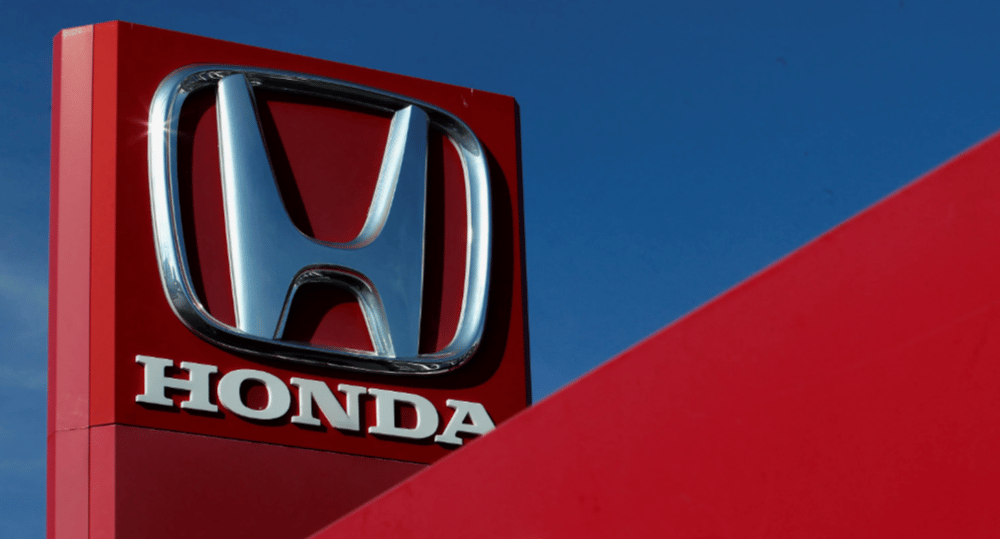
Quick Facts
Company: Honda Motor Co.
Investment Change: Reduced electrification and software spending from ¥10T to ¥7T
EV Sales Outlook (2030): Now projected below 30%, possibly near 20%
Hybrid Sales Goal: 2.2–2.3 million units by 2030
CEO Statement: Toshihiro Mibe emphasized realignment with market reality
Strategic Focus: Prioritization of hybrid development over full battery-electric vehicles
Market Sentiment, Industry Comparison, and Strategic Implications
Honda’s decision reflects growing skepticism across the automotive sector regarding the pace of consumer adoption for fully electric vehicles. Factors such as high battery costs, insufficient charging infrastructure, and macroeconomic headwinds have led many manufacturers to reevaluate their electrification timetables.
Analysts point out that while Honda’s investment reduction may appear cautious, it is a pragmatic response aligned with real-world demand signals. The pivot toward hybrid technologies enables the automaker to maintain emissions compliance while catering to consumers seeking transitional alternatives to internal combustion engines.
This recalibration mirrors similar trends at other major OEMs, particularly in North America and Japan, where hybrid sales have outpaced EV growth in recent quarters. Toyota Motor Corp. $7201.T, for example, has long championed hybrid-first strategies and now appears strategically vindicated.
Investors have responded with a mix of concern and cautious optimism. While the scaling back of electrification investments may delay Honda’s long-term sustainability goals, the hybrid focus could stabilize cash flow and improve margins in the near term.

Key Developments
Honda’s electrification investment cut by ~¥3 trillion (~USD 20.6 billion) over 7 years.
EV market penetration targets revised downward amid sluggish consumer uptake.
Hybrid vehicle development accelerated as a more feasible growth segment.
Investor reaction mixed, with questions over long-term competitiveness vs. Tesla and BYD $002594.SZ.
Industry-wide trend: legacy automakers are recalibrating their electrification timelines.
Strategic Realignment Reflects Evolving Market Realities
Honda’s recalibrated investment strategy marks a clear inflection point in the global transition toward cleaner transportation. While the move may be seen as a step back from aggressive EV goals, it also highlights the company's adaptive capacity in responding to evolving consumer and market signals.
The emphasis on hybrid development over battery-electric vehicles offers a pragmatic path forward as the industry grapples with infrastructure, cost, and demand challenges. Whether this shift enables Honda to maintain its competitive edge over time will depend on how well the company balances short-term profitability with long-term innovation.
In a rapidly changing auto landscape, Honda’s move underscores that the road to electrification is not linear—and that hybrid technology may remain a key component of global mobility strategies well into the next decade.


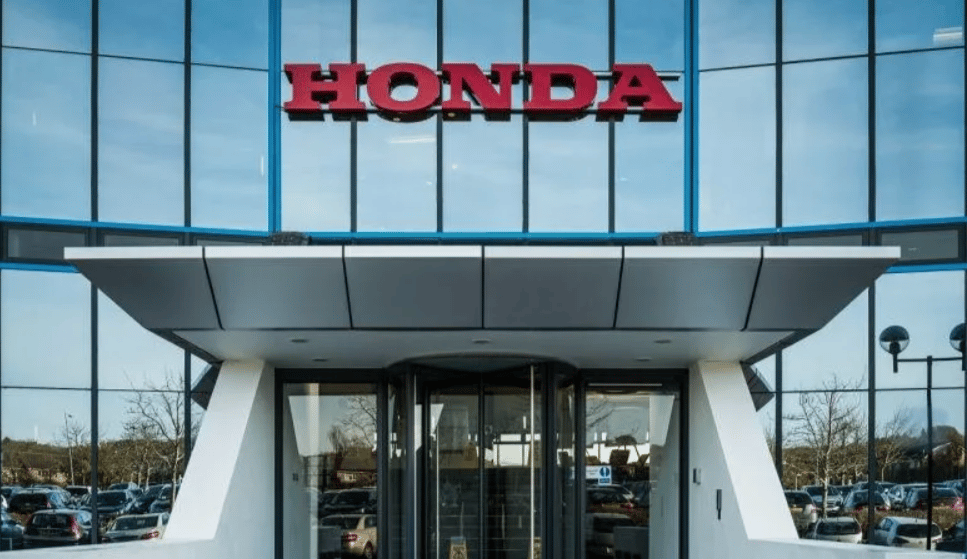






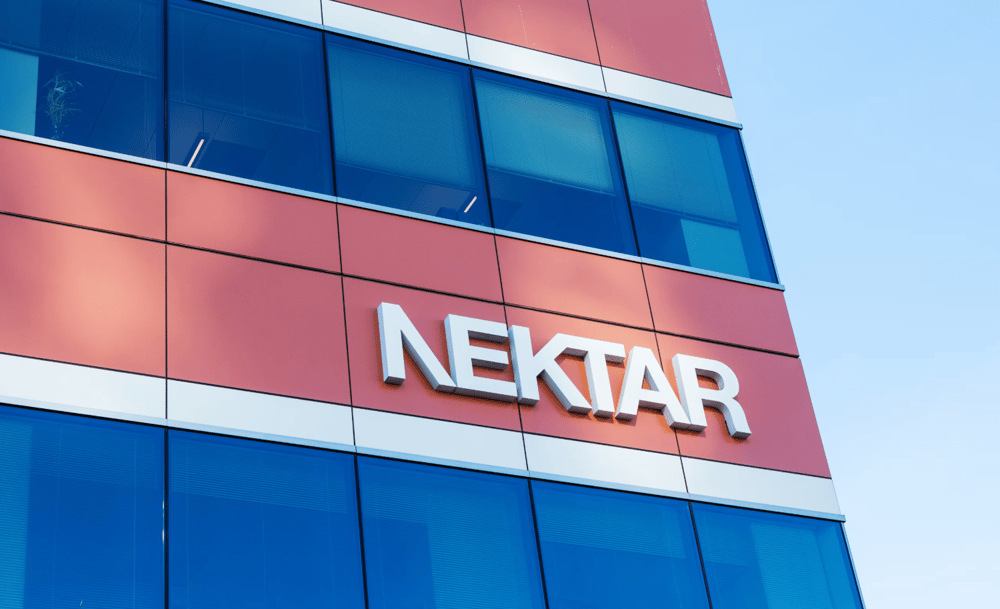
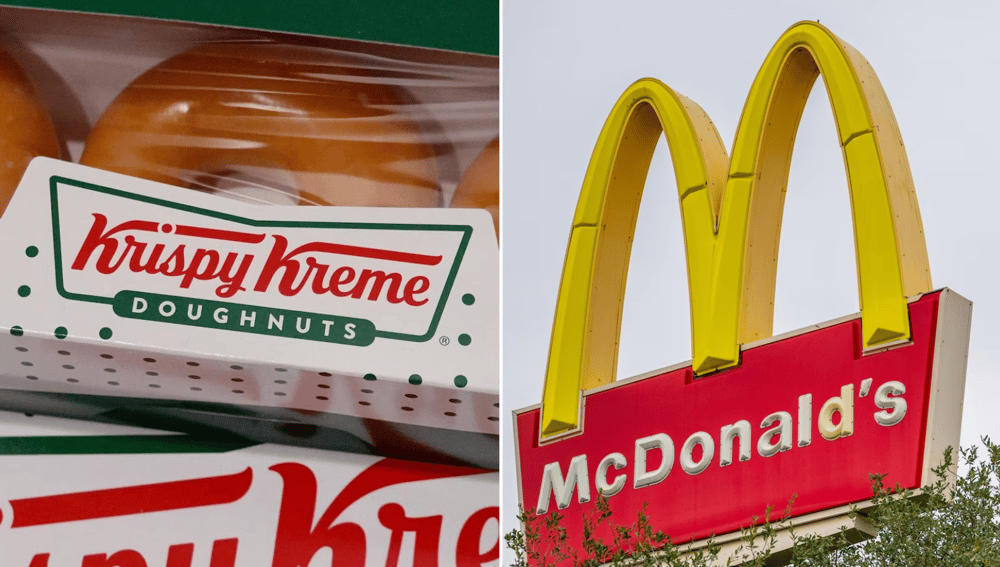
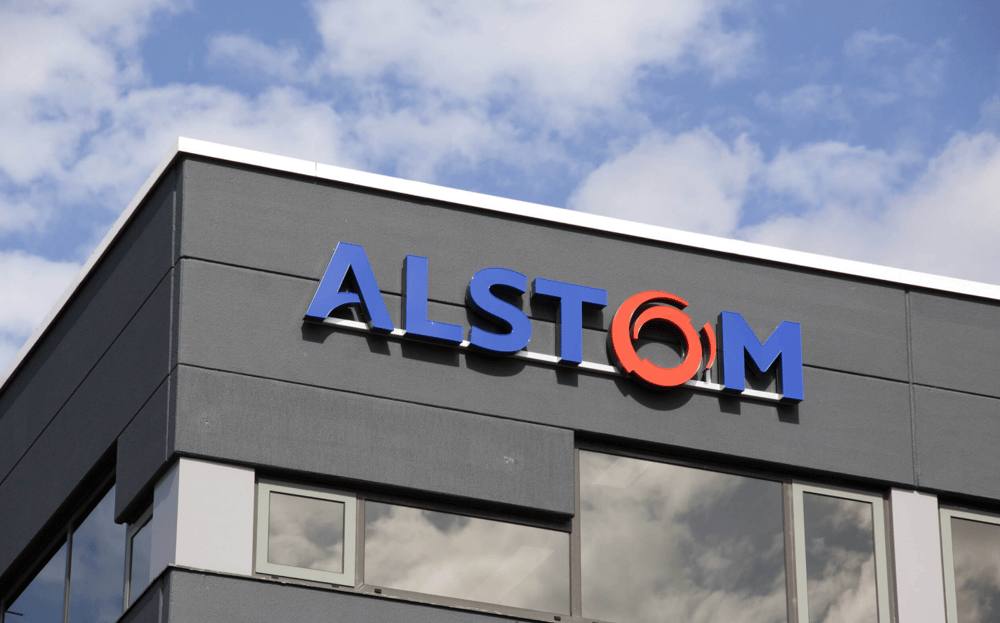

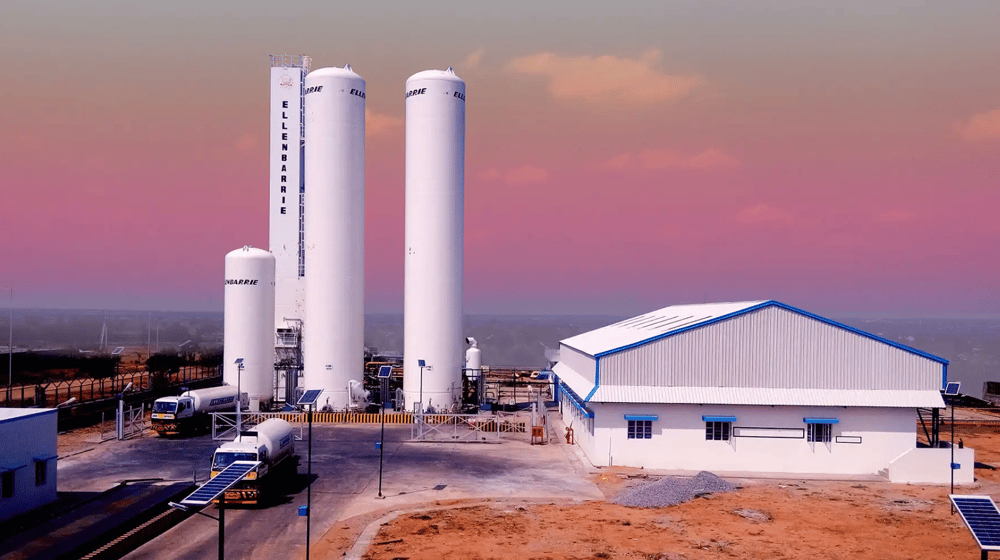

Comments
A move like this signals growing momentum behind automation-driven innovation